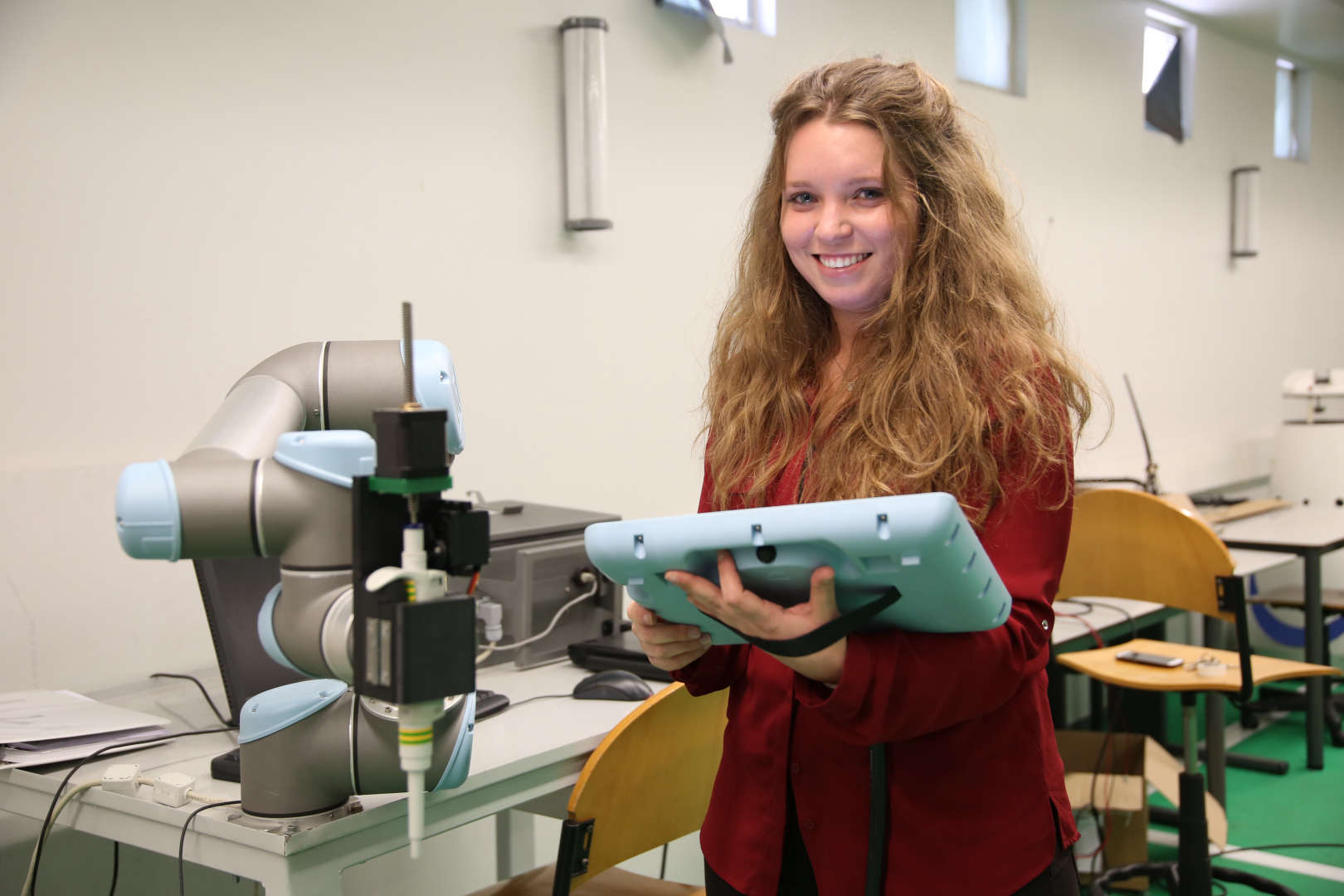Sobre
Mestre em Bioengenharia com especialização em Engenharia Biomédica pela Faculdade de Engenharia da Universidade do Porto, Portugal. O meu projeto de dissertação culminou no desenvolvimento de um sistema robótico autónomo capaz de executar tarefas repetitivas em ambiente laboratorial. Neste contexto surgiu o interesse pelo ramo da robótica, no qual pretendi integrar e adquirir mais conhecimentos em áreas como mecânica, eletrónica, ciências da computação e biomédica. Em Setembro de 2016 integrei o grupo CRIIS pertencente ao INESC TEC como engenheira de I&D no desenvolvimento de novas soluções robóticas para responder a necessidades industriais. As minhas principais atividades incluem modelação de sistemas mecânicos e desenvolvimento eletrónico e de software.


